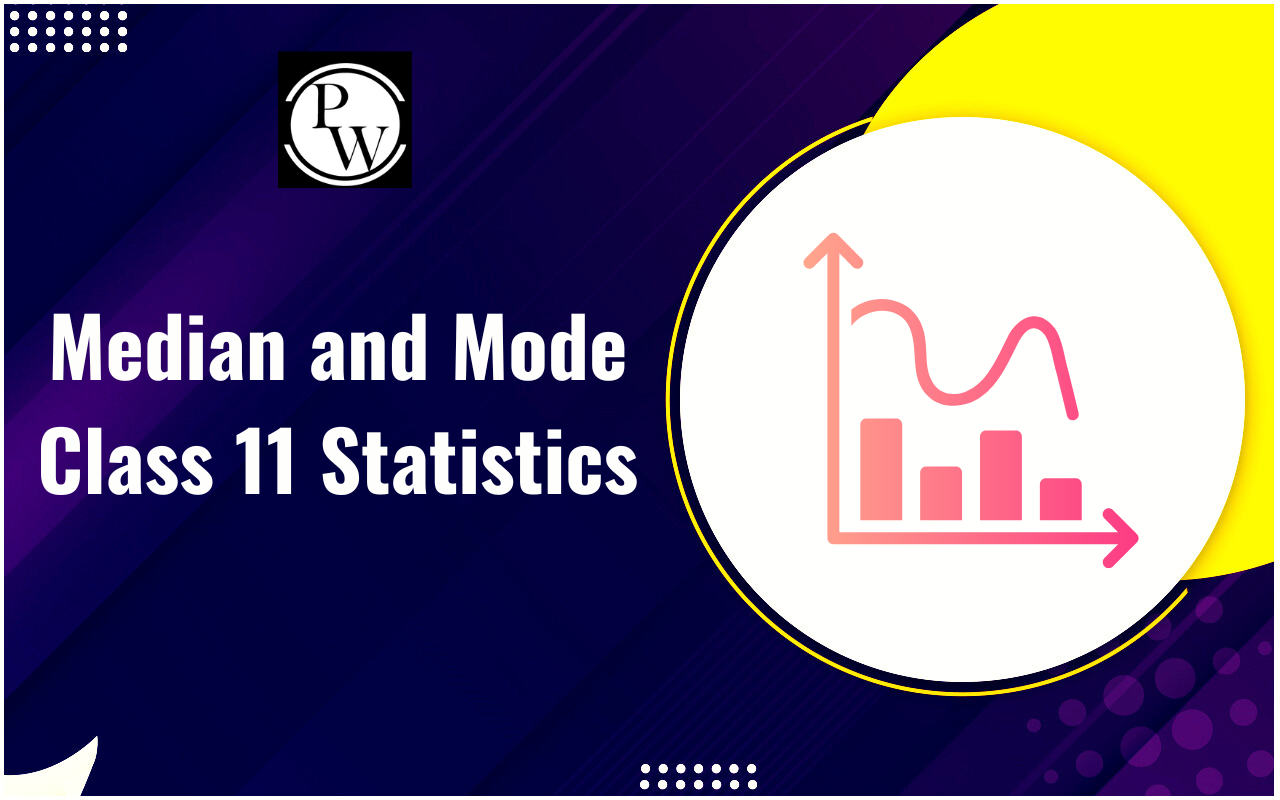
Utility, in economics, refers to the satisfaction or benefit individuals derive from consuming goods or services. Two essential concepts in the study of utility are total utility and marginal utility. While both relate to consumer satisfaction, they differ in meaning and application.
In this blog, we will learn the difference between Total Utility and Marginal Utility and understand their relevance in economic analysis.
What is Utility in Economics?
Utility measures the happiness or satisfaction that consumers derive from using goods or services. Economists use this concept to explain consumer behaviour and decision-making. Total utility and marginal utility form the foundation of this analysis, guiding how consumers optimize their consumption.Total Utility Meaning
Total utility is the total enjoyment a customer obtains from using certain products and services. Every unit of product or service has a marginal usefulness of its own.
Total utility is the total of marginal utilities of all such separate objects.
A client's major concern is obtaining the highest utility amount with the least expense expended.
To comprehend total utility, we must look at the law of declining marginal utility. It argues that when more units of a particular commodity or service are consumed, the extra pleasure termed the marginal satisfaction diminishes. The first good consumed delivers the greatest marginal value, the second a bit lesser, and so on.
Example of Total Utility: Imagine eating slices of pizza. The first slice provides great satisfaction. With each additional slice, the total utility increases but at a decreasing rate, demonstrating the principle of diminishing marginal utility.
Also Read: What Is Utility?
Marginal Utility Meaning
Marginal utility is the notion used by economists to measure the amount of pleasure that is earned by the consumption of extra units of an item or service. It is a key notion that is used by economists to assess how much of an item a client is willing to buy.
Marginal utility helps determine how satisfaction levels impact the customer’s buying choice.
Positive marginal utility is stated to occur when the consumption of an extra item enhances the overall utility, whereas negative marginal utility happens when the consumption of an additional item reduces the total utility of the item.
Example of Marginal Utility: Continuing with the pizza example, the second slice offers slightly less satisfaction than the first. By the third or fourth slice, the satisfaction gained from each additional slice might diminish significantly.
Significance of Total Utility and Marginal Utility
Both play a crucial role in understanding consumer behavior and decision-making. Let's look into their significance:
Optimal Consumption
Consumers use these concepts to make rational decisions about what and how much to consume, aiming to maximize satisfaction within their budget.Law of Diminishing Marginal Utility
This law states that as more units of a good are consumed, the marginal utility derived from each additional unit decreases.Consumer Surplus
Understanding total and marginal utility helps measure consumer surplus, which is the difference between what consumers are willing to pay and what they actually pay.Demand Curve Analysis
The concepts of utility influence the demand curve. As the price of a good decreases, total and marginal utility increase, leading to higher demand.Resource Allocation
Businesses and policymakers use these principles to allocate resources effectively, producing goods and services that offer higher utility to consumers.Do you know what is: Consumer Equilibrium,
Difference Between Total Utility and Marginal Utility
To understand the differences between total utility and marginal utility more clearly, we have outlined them in a tabular form:
| Difference Between Total Utility and Marginal Utility | ||
| Aspect | Total Utility | Marginal Utility |
| Definition | Total satisfaction obtained from consuming a specific quantity of a good or service. | Additional satisfaction gained from consuming one more unit of the same good or service. |
| Calculation | Calculated by summing up the utilities of all units consumed. | Calculated as the change in total utility when consuming an additional unit. |
| Behavior | Total utility generally increases with the consumption of more units. | The marginal utility may decrease as more units are consumed due to the law of diminishing marginal utility. |
| Decision-making | Helps in assessing overall satisfaction derived from a consumption choice. | Guides decisions by comparing the additional satisfaction with the cost of the extra unit. |
| Graphical representation | Represented by a total utility curve, which typically rises, indicating overall satisfaction. | Represented by a marginal utility curve, which usually decreases, reflecting diminishing additional satisfaction. |
Similarities Between Total Utility and Marginal Utility
Total utility and marginal utility are two interrelated concepts in economics, both integral to understanding consumer behavior and preferences. While they differ in their specific meanings, they share several similarities:
- Both concepts are related to the satisfaction or pleasure derived from consuming goods and services.
- Both total and marginal utility are used to make decisions about consumption, helping consumers determine what and how much to buy.
- Both total utility and marginal utility are essential for assessing the value or benefit consumers receive from the goods they purchase.
- Both concepts are crucial in the analysis of demand curves, as they influence the quantity of a good that consumers are willing to buy at different price levels.
- Both total utility and marginal utility play a role in the law of diminishing marginal utility, where the additional satisfaction from consuming more units decreases as consumption increases.
Calculating Total Utility
Total utility is the total of utilities a consumer obtains from purchasing a product, item or service. The formula for total utility utilizes utils, which is a unit of measuring for utility. To compute total utility, add the marginal utility of consumption for each unit. The formula you may use for determining total utility is:
Total utility = marginal utility (MU) 1 + MU2 + MU3
Total Utility is the cumulative satisfaction a consumer experiences from consuming multiple units of a good or service. It accounts for all the utility derived from each unit consumed.
Marginal Utility (MU) refers to the additional utility gained from consuming one more unit of a good.
Example Suppose a consumer eats slices of pizza, and the utility they derive from each additional slice (measured in "utils," a hypothetical unit of utility) is as follows:| Slice of Pizza | Marginal Utility (MU) | Total Utility (TU) |
|---|---|---|
| 1 | 10 utils | 10 utils |
| 2 | 8 utils | 18 utils |
| 3 | 6 utils | 24 utils |
| 4 | 4 utils | 28 utils |
| 5 | 2 utils | 30 utils |
Step 1: Start with the first slice. Its marginal utility becomes the total utility (10 utils).
Step 2: Add the marginal utility of the next slice (8 utils) to the previous total (10 + 8 = 18).
Step 3: Repeat this process for each additional slice.
As more units are consumed, total utility increases, but the rate of increase (marginal utility) diminishes due to the law of diminishing marginal utility.Calculating Marginal Utility
The calculation for marginal utility likewise employs utils, but this measurement examines the rate at which utility varies each time an individual uses a product one more time. To determine marginal utility, you may divide the change in total utility by the change in units. The formula for this is as follows:
Marginal utility = change in total utility/change in units
Marginal Utility quantifies how much additional satisfaction is gained by consuming one more unit of a good.
Change in Total Utility (ΔTU) is the difference between the total utility after consuming the current unit and the total utility before consuming it.
Change in Quantity Consumed (ΔQ) is the increase in the quantity of goods consumed (usually 1 unit).
Example: Using the pizza example:| Slice of Pizza | Total Utility (TU) | Change in TU (ΔTU) | Change in Q (ΔQ) | Marginal Utility (MU) |
|---|---|---|---|---|
| 1 | 10 utils | — | — | 10 utils |
| 2 | 18 utils | 18 - 10 = 8 | 1 | 8 utils |
| 3 | 24 utils | 24 - 18 = 6 | 1 | 6 utils |
| 4 | 28 utils | 28 - 24 = 4 | 1 | 4 utils |
| 5 | 30 utils | 30 - 28 = 2 | 1 | 2 utils |
- Step 1: Compute the change in total utility between the second and first slice (18 - 10 = 8 utils). Divide this by the change in quantity (1 slice). The marginal utility is 8 utils .
- Step 2: Repeat this for each subsequent unit.
Total utility and marginal utility are foundational concepts in economics that provide valuable insights into consumer behavior and decision-making. By understanding these concepts, consumers can make informed choices to maximize their satisfaction, while businesses and policymakers can allocate resources effectively to meet consumer needs. Whether you're a student of economics or a curious learner, grasping these principles is essential for analyzing real-world economic phenomena.
Join PW Commerce Online Course now and excel in your academic and professional pursuits!
Total Utility and Marginal Utility FAQs
Can total utility be negative?
What is marginal utility in economics?
How is total utility calculated?
How is marginal utility calculated?
What is the law of diminishing marginal utility?










